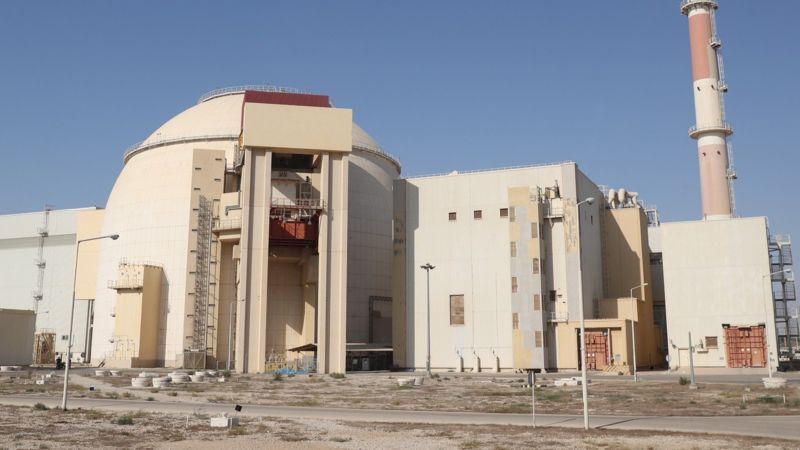President Donald Trump said Iran 's main nuclear sites had been obliterated in military strikes overnight, including on the deeply buried Fordow facility, as the U.S. Joined attacks launched by. 6 days ago · Countries without nuclear weapons could decide nuclear nonproliferation and transparency efforts that the world has taken for granted now pose more risk than reward. JERUSALEM — A leading U.S. Research institute devoted to monitoring Iran ’s illicit nuclear weapons program published an alarming report ahead of this weekend's U.S.- Iran talks , declaring. Bombing Iran ’ s nuclear infrastructure may not spark a nuclear detonation—but that doesn’t make it safe. In recent weeks, Israel has intensified strikes on Iran’s uranium enrichment sites, including Natanz and the heavily fortified Fordo facility, buried deep within a mountain. Why it matters: The threat , made in an official letter from Iran's Foreign Minister Abbas Araghchi to the UN secretary-general and International Atomic Energy Agency (IAEA) director-general, signal the risk of an unprecedented escalation in the Iranian nuclear crisis. What Do the Israeli Strikes Mean for Iran’s Nuclear Program? On June 13, Israel launched an unprecedented attack on Iran’s nuclear and military targets. The attacks are ongoing, but explosions have been reported across the country, including in Tehran, Natanz, Tabriz, and Karmanshah. Iran ’ s nuclear advances coupled with limited IAEA monitoring increase risk in several key areas. First, there is a greater risk that the United States, or more likely Israel, miscalculates Iran’s intentions or Iran misjudges the space it has to expand its program and crosses a redline. While Trump claims to have destroyed Iran ’s nuclear program, analysts say U.S. And Israeli attacks may have pushed the country closer to building a weapon.
The Fallout: Examining Israel's Latest Syria Operation
The Unseen Impact of Israel's Attack on Iran
Exclusive: The Untold Iran vs Israel Timeline
